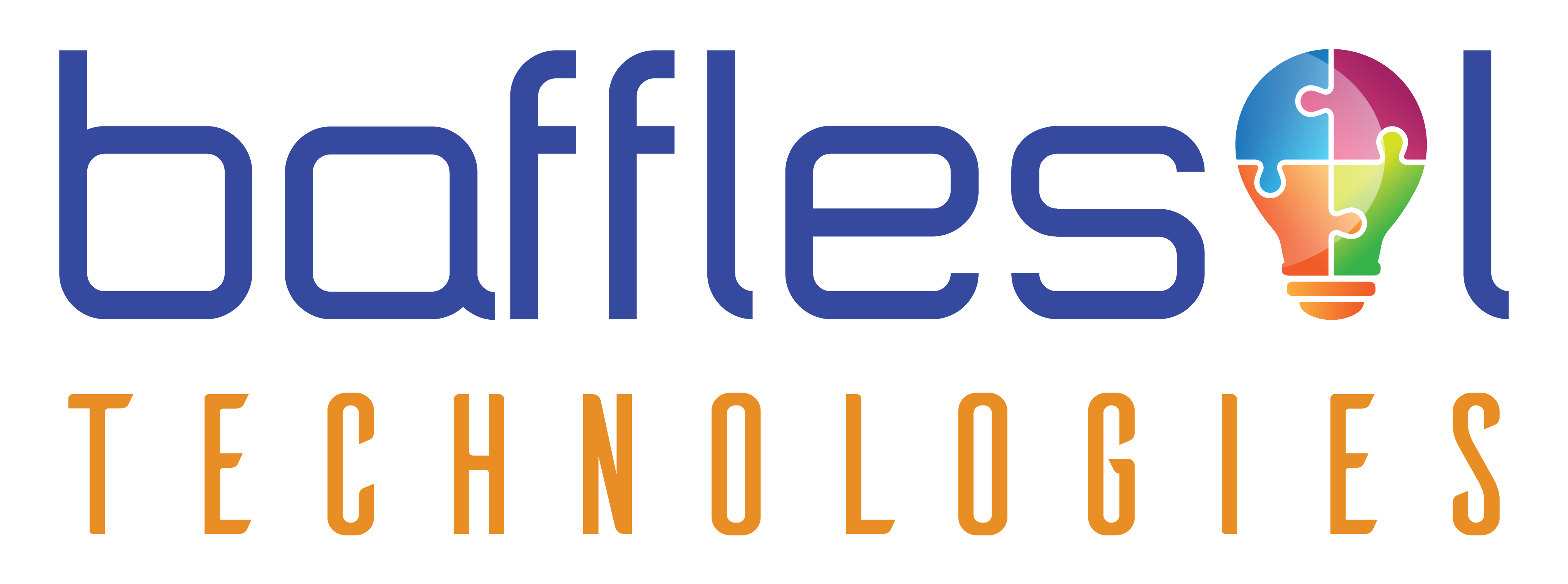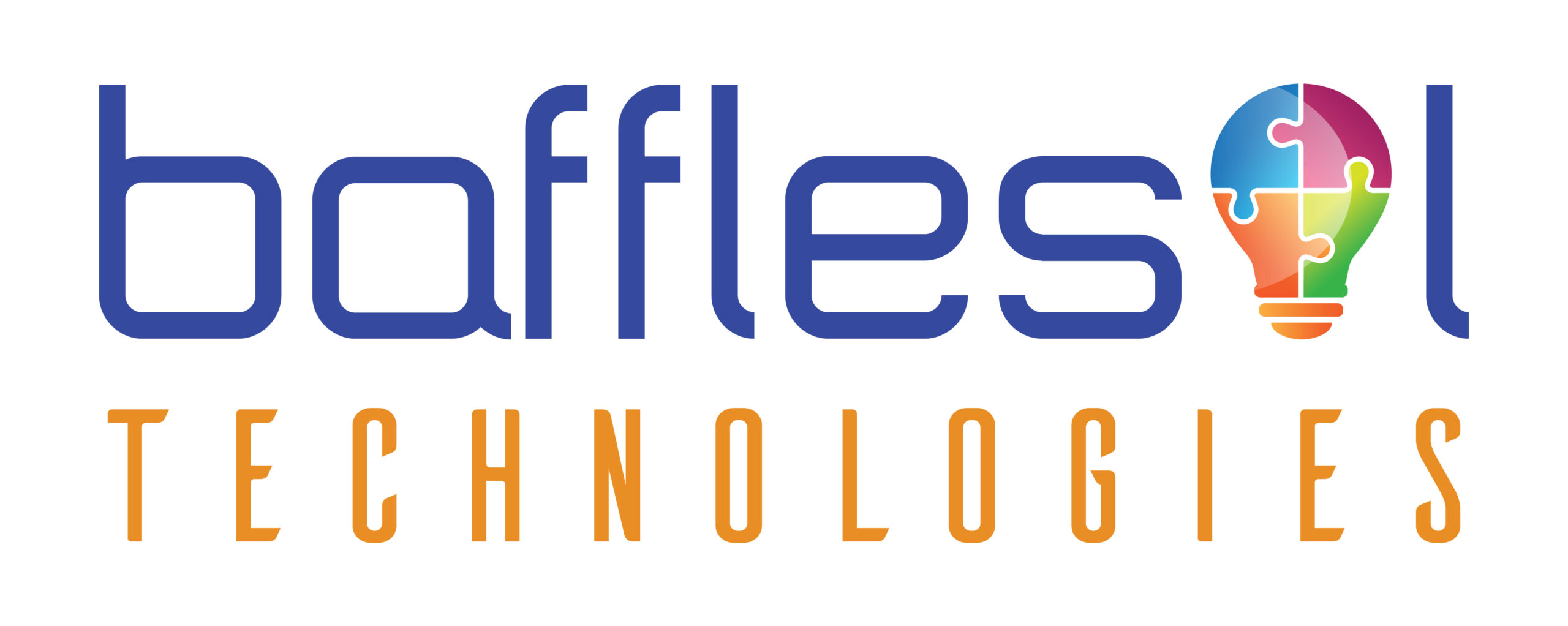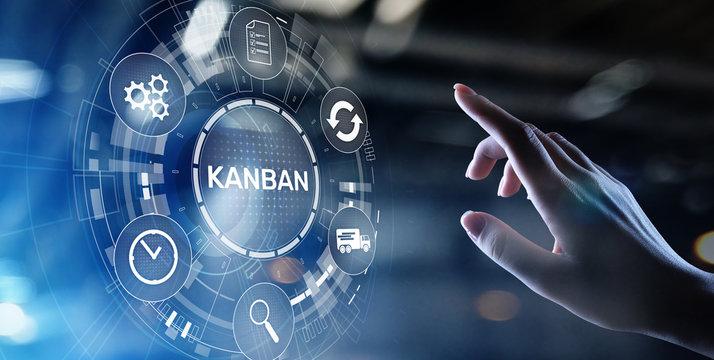Kanban has its origins in Japanese Manufacturing for managing product delivery by emphasizing continuous delivery. Kanban is visual, it enhances workflow and improves quality and throughput by reducing Work In Progress and abusing bottlenecks.
- Prevent Overburdening — Pull work through the Kanban Board when there is capacity available
- Better Transparency — Everyone is always aware of current status and progress
- Continuous Delivery — By controlling the Work in Progress, teams focus remains on the delivery
- Improved Collaboration — Everyone is focused on one goal and work together to resolve blockers
- Reduced Waste — Idle/Obsolete tasks are quickly identified, and proactive measures are taken well on time
- Informed Decision Making — By improving collaboration, the decisions are made promptly with relevant stakeholders
Earlier projects had the luxury of face-to-face interaction. But, COVID has forced everyone to work remotely, which has added an extra dimension of challenge and risk to the already tricky trade. Ideal ERP projects need cross-communication across multiple functions within the organization for them to be a success. The versatility offered by Kanban makes it much simpler for team members and modules to integrate and interact across functions seamlessly, which enhances overall execution.
Complex ERP systems like Microsoft Dynamics need integration with banks, existing technology software, third-party financial and data systems, and a supply chain or logistic facility. Kanban creates a system that offers:-
- Engagement with all relevant stakeholders by defining commitment points and SLAs for all.
- Collaboration by clear identification of what needs to be done and helping teams and parties forecast upcoming commitments well in advance.
- Transparency by giving everyone visibility on status updates, process, work visibility, decision-making process, and opportunities change.
Daily stand-up and iteration reviews highlight updates on features, tasks, risks/issues, and dependencies, making every team member from the project, business, or IT owns the work and deliver it on time.
For complex projects like ERP implementations, it is better to go for an upstream-downstream(multiple Kanban) approach that might take several release cycles to implement fully. Where themes (upstream board) are identified, and before their design/ implementation is planned, a feasibility analysis is done to know workable Epics. Each Epic then breaks down into specific features > Stories (downstream board) taken up for execution.
This makes Kanban methodology solve some of the actual problems of ERP implementations:
- Misalignment within the organization
- Resistance to change
- Difficulty changing processes
- Integrating multiple software
- Poor executive leadership and sponsorship
- Lack of overall project forecasting
- Poor decision-making throughout the ERP implementation
- Shield devs and ops from panicked management and stakeholders
- Make it more transparent for stakeholders to see what is happening with their requirements
While all these are important objectives, engineering practices to enable continuous delivery/ deployment environments are crucial. Disruptions in any ERP project are already very high, but Kanban implementation helps future-proofing your business. While resistance is understandable, a shift towards better methodology is inevitable and delivers a better reliable ERP system.
For more information about this solution, visit: https://www.bafflesol.com/agile-consulting



